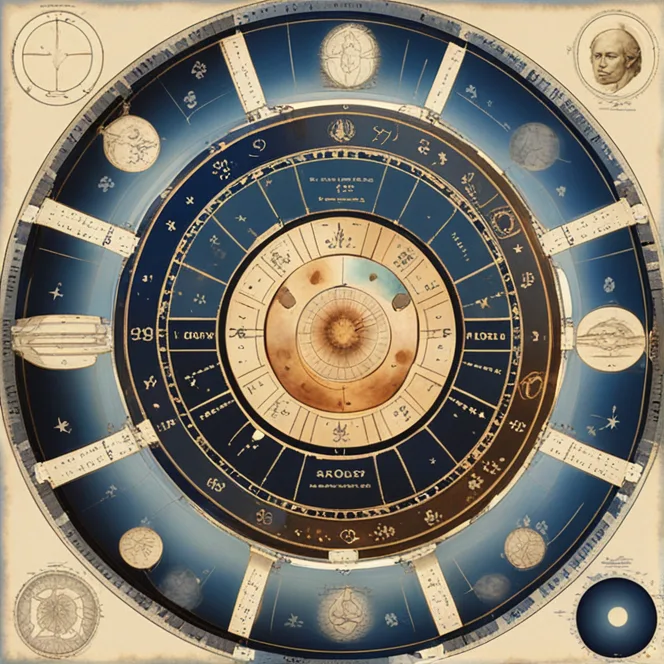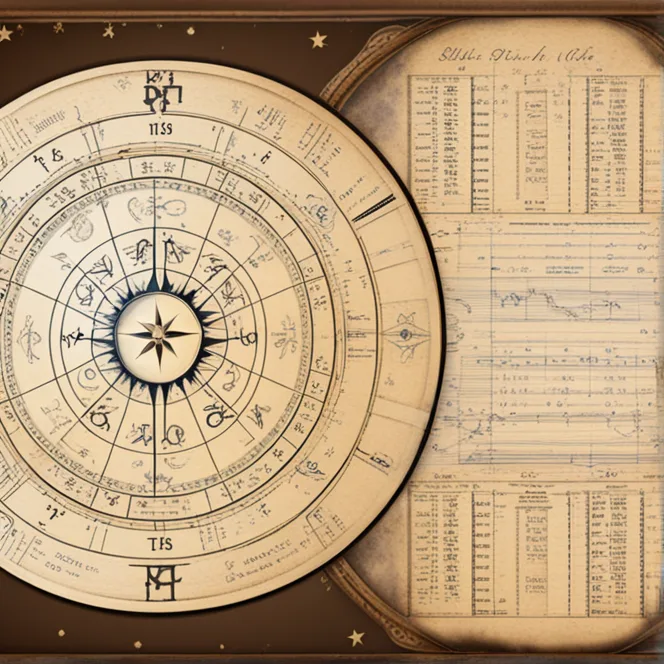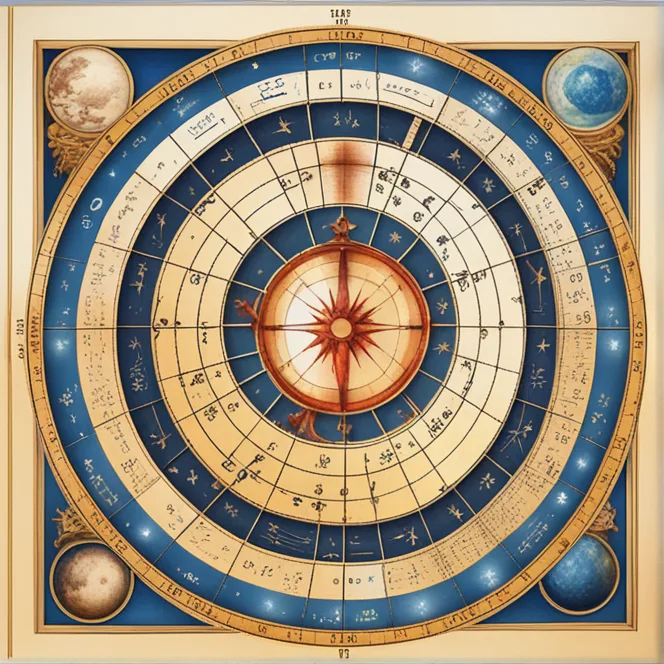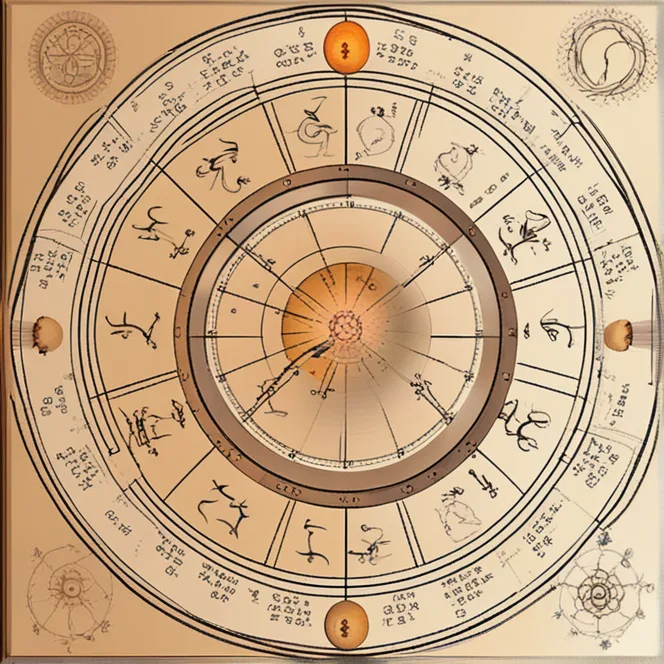
Birth Chart: Astrology's Blueprint
Discover the fundamentals of how birth charts are constructed and interpreted in astrology to reveal personality traits and life potential.
article by Priya Deshmukh
A birth chart, also known as a natal chart, is a celestial snapshot of the sky at the moment you were born. It is a roadmap to your personality, your potential, and the opportunities and challenges you may face throughout your life. By depicting the positions of the planets, the Sun, and the Moon, along with other celestial points and angles at your time and place of birth, a birth chart is a highly personalized astrological diagram that offers profound insights into your character and destiny. Consider it the cosmic DNA that astrologers decode to understand your individuality.

The Framework of a Birth Chart
A birth chart is laid out in a circle, representing the 360-degree view of the sky surrounding the Earth. Divided into twelve segments called houses, each section corresponds to different areas of life, such as career, relationships, and personal growth. The chart is further divided by the zodiac belt, containing twelve signs that add unique characteristics to the planets housed within them. The combination of the planetary positions, the houses they occupy, and the signs they are in form the basis of a person's unique astrological profile.

Understanding Planetary Roles
In astrology, each planet has a particular function. The Sun signifies your core being and life force, while the Moon reflects your emotional inner world. Mercury rules communication, Venus is about love and value, and Mars drives your energy and aggression. Jupiter symbolizes growth and expansion, Saturn pertains to structure and discipline, and the outer planets—Uranus, Neptune, and Pluto—indicate generational influences and personal transformation. By interpreting these planetary roles within the signs and houses, astrologers can sketch a comprehensive outline of your personality and tendencies.

Significance of Aspects
Another vital component of a birth chart is the aspect, which refers to the angles that planets form with each other. These angles reflect the planets' interactions and influence the dynamics in your birth chart. Conjunctions (plans in close proximity), sextiles (60-degree angles), squares (90-degree angles), trines (120-degree angles), and oppositions (180-degree angles) are aspects that can either harmonize with or challenge your energies. The combination of these aspects reveals the complexity of your relationships, abilities, and the themes that may recur throughout your life.

The Ascendant & Midheaven
Key points in any birth chart are the Ascendant (rising sign) and the Midheaven (MC). The Ascendant marks the zodiac sign that was rising on the eastern horizon at your birth time, setting the tone for your approach to life and how others perceive you. The Midheaven, on the other hand, at the very top of the chart, represents your public life, career ambitions, and overall direction. Together, they form a crucial axis that offers astrologers insights into your outward persona and life purpose.
Putting It All Together
Interpreting a birth chart is an intricate process. Astrologers consider the celestial bodies and points, their positions in signs and houses, and the aspects they make with one another. They look for patterns that suggest themes in a person's life. A birth chart is not deterministic; rather it serves as a guide to understanding strengths, weaknesses, opportunities for growth, and the timing for certain life events. It's a complex yet enlightening tool that requires both knowledge of astrology and intuitive interpretation.
Published: 12/5/2023
Modified: 12/5/2023
More predictions
Come back here soon to learn more about yourself and your future


The Ascendant's Role
Have you ever been told you don't act like your Sun sign? Perhaps you're a calm and collected Aquarius, yet people first perceive you as intense and passionate. This initial perception, the mask you wear, is majorly influenced by the Ascendant in your horoscope, often called the Rising Sign.


Journey Through Karmic Waves
Sailing through the karmic currents of our astrological journey, this article seeks to illuminate the mystic influence of the nodes, guiding you through an exploration of your past inclinations and forward evolutionary path.


The Celestial Map of You: Unraveling Birth Charts
Delve into the fundamentals of astrology through the personal guide of birth charts, unveiling the cosmic influence on your life path.